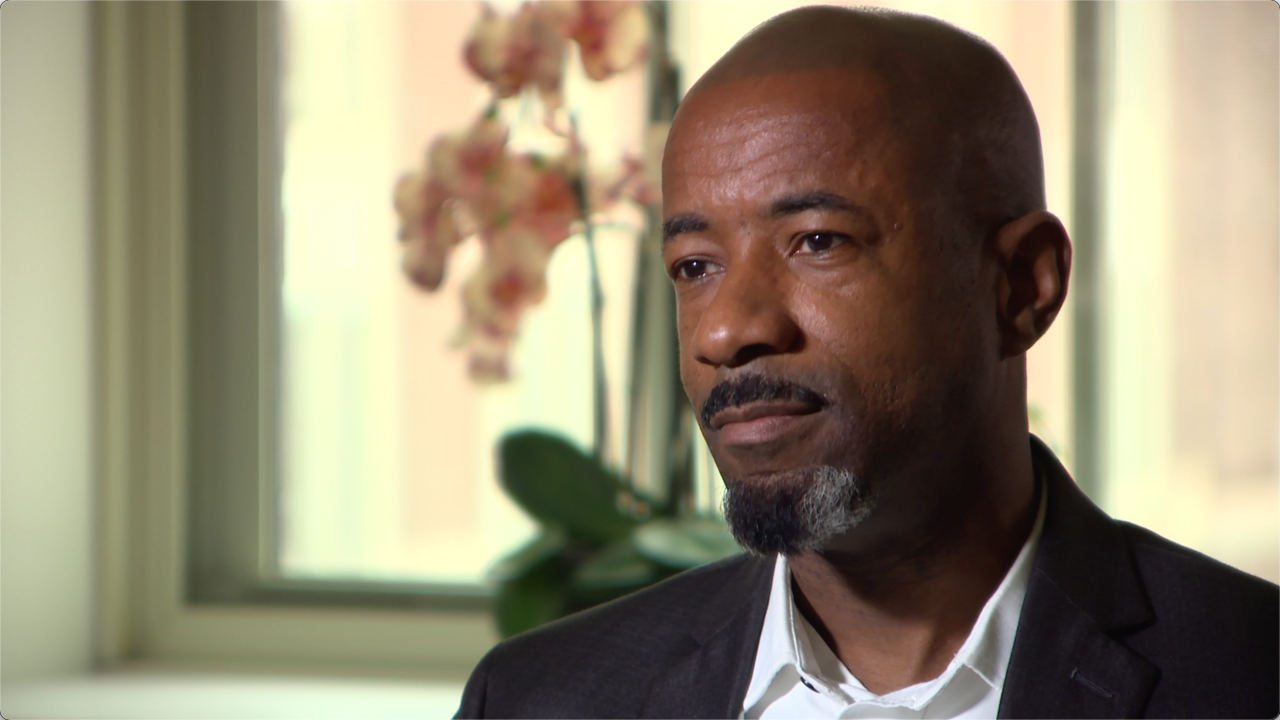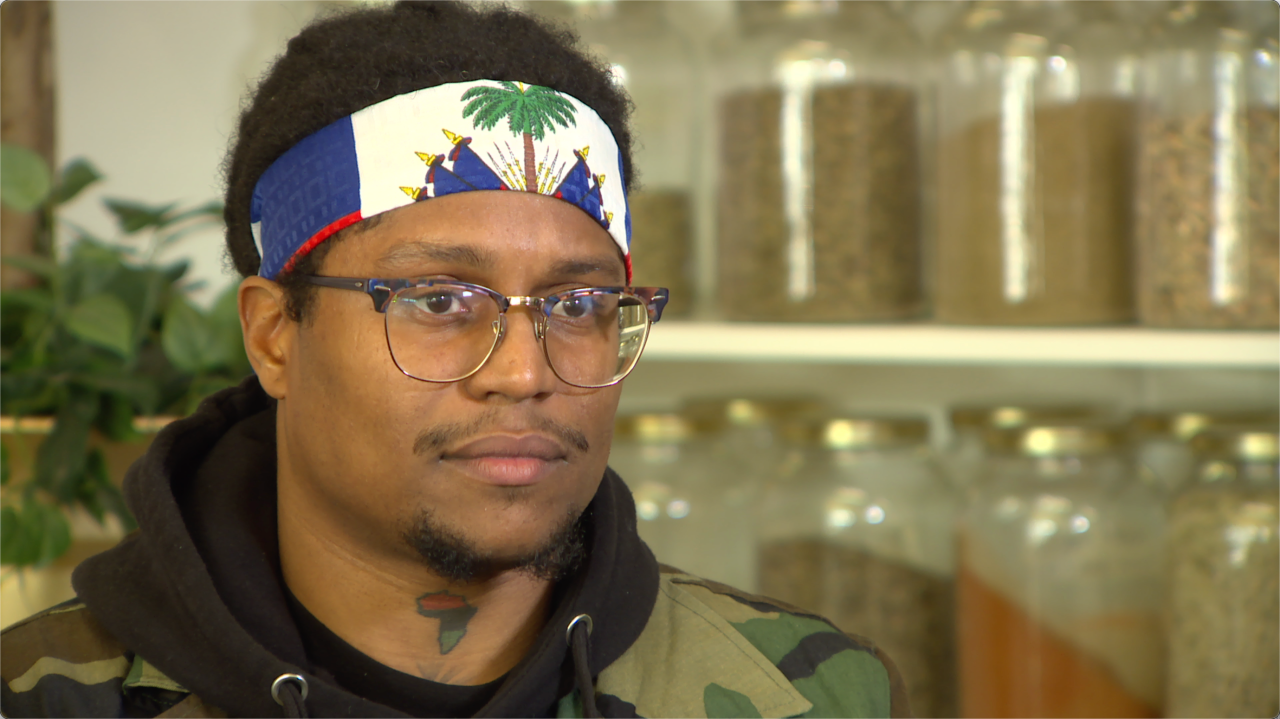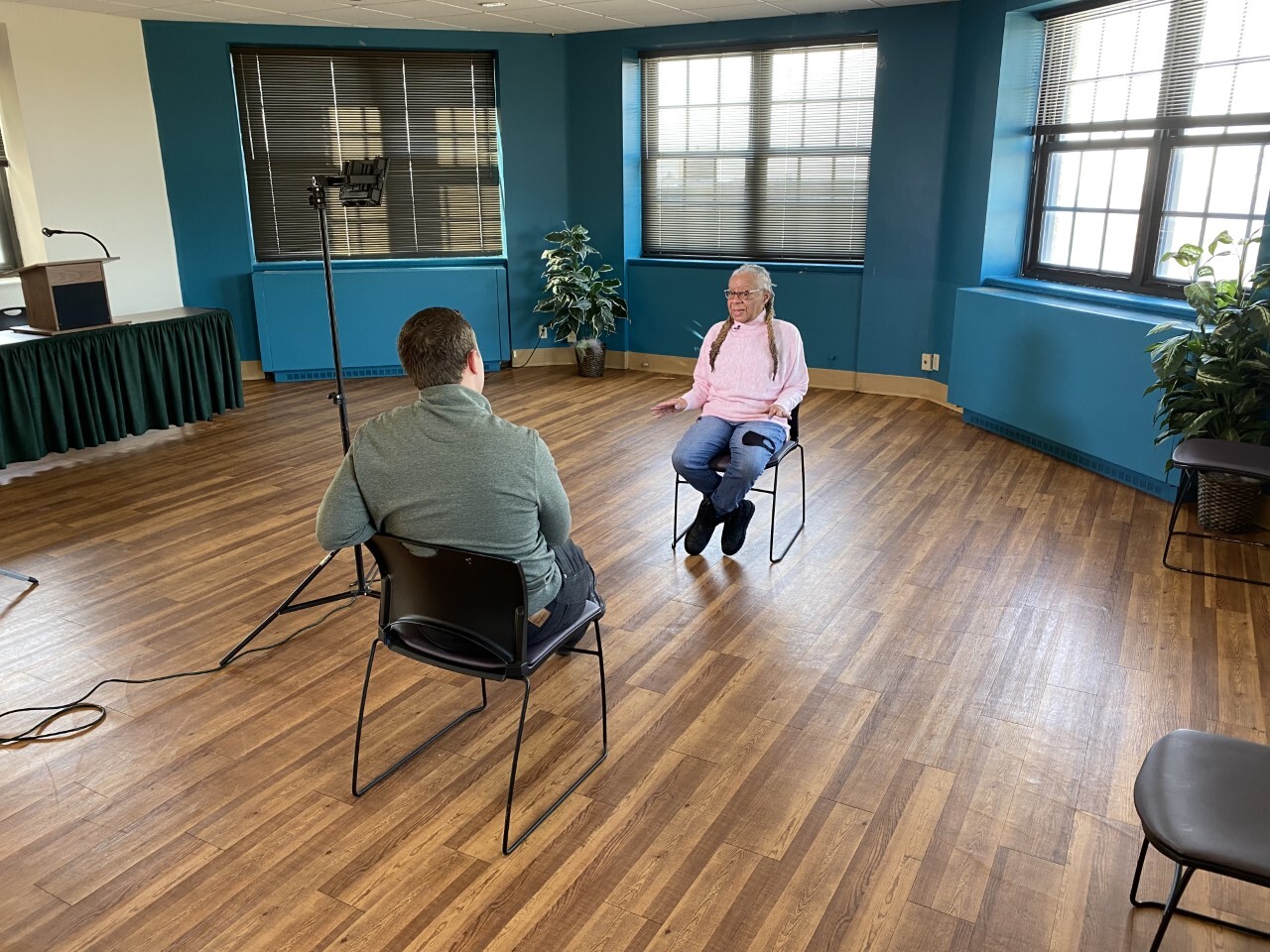CLEVELAND — The history of Cleveland’s east side gives modern-day readers the impression that much of what exists there today, the successes and challenges, are intentional.
Shaker Heights’ layout was designed to capitalize on the area’s topography. Specific areas were set aside for housing, education, and recreation in the suburbs. The Van Sweringen brothers built Shaker Heights Rapid Transit to shuttle Shaker Heights residents downtown and back again.
But, intentional actions worked in the opposite direction too.

Discriminatory lending practices, like redlining, often prevented non-white residents from getting the loans they needed to buy homes. Difficulty getting loans to maintain and fix up homes residents did own meant the structures fell into disrepair.
Nearly 50 years since the Hough Riots in 1966, the impact of disinvestment and discrimination still show up in a variety of different metrics.
One of the most notable: life expectancy.
Census tract data from the Centers for Disease Control generally mirror redlining maps, even though they reflect information collected 90 years apart. Where redlining was prevalent in the 1930s and 1940s, residents in the 2020s live shorter lives compared to communities where banks were more willing to lend to homeowners.

One of the most pronounced differences is between Census Tracts 1834.01 and 1199. They bump up against each other along the Shaker Heights/Cleveland border.
Ohio’s life expectancy is at 77.6 years old, but people who live in Shaker Heights’ 1834.01 live, on average, to 88 years old. A few blocks away in Cleveland’s 1199, residents are expected to live to 72.
The only thing that separates those Ohioans, besides 16 years at the end of their life, is the Greater Cleveland’s RTA’s Blue Line. It begs the question: what is it about these two communities that residents can expect to live more than a decade longer just because they live a few hundred feet in one direction instead of the other?
Growing up
“We didn’t have access to a lot of things that maybe other children, right up the street, did have access to,” said Taijia Elder, remembering her childhood near Woodland Avenue.
And yet, Elder says when she was growing up it wasn’t obvious that communities like hers went without. She remembers community cook-outs and friendly, helpful neighbors.

“Even though we didn’t have a lot, we definitely stood together,” said Elder. “When you have a little bit and someone else has a little bit, you put it together and that’s more than you had before.”
Tim Tramble grew up in the Hough neighborhood where, like Elder’s community, there were challenges that young children didn’t necessarily notice.
“When you’re young, your world is your world and you love it for what it is,” said Tramble. “You have the things you have, you have the environment that you have and you love it, right?”
It wasn’t until Elder started attending one of the Breakthrough Public Schools, where teachers decorate classroom doors with information about colleges and universities, that Elder really thought about higher education. She went to Bowling Green State University, where she says it was sometimes hard to sleep because it was so quiet compared to where she grew up.

“When I came back on breaks, everyone in the community would give me money and congratulate me and say, ‘Keep going,” said Elder. “I remember when I’d come home, my heart would feel full from all the support. I would always see people and they would say, ‘Oh, that’s our college girl.'”
Those efforts, however informal, stand out because of the generations of disinvestment that existed nearby.
“No one was really investing in us, we were investing in each other,” said Elder.
Same community, new eyes
It wasn’t until Elder and Tramble went to college that they saw their communities through new eyes.
“I always knew my neighborhood was dangerous but I guess I found out how dangerous when I moved to college and didn’t hear gunshots or anything and I couldn’t sleep at night because it was so quiet at Bowling Green,” said Elder.
“Obviously, you become angry,” said Tramble about his new perspective on where he grew up. “The first time you realize, ‘Wow, this is my neighborhood, and these are the circumstances within my neighborhood, and these are the disparities, and these are the conditions.' They don’t have to be, right?”

Beyond the life expectancy data, there are countless other factors that tell a similar story and contribute to the differences in the data.
At birth, black babies have a much higher chance of dying compared to white babies in Cuyahoga County.
In adulthood, COVID-19 exposed systemic health inequities in the black and brown communities, making it more likely people of color would be hospitalized and die during the pandemic.
Even before the pandemic, communities of color have higher levels of obesity compared to white and Asian populations, leading to a variety of additional health concerns.

Decades of redlining and disinvestment have prevented many families from accumulating and passing on generational wealth to descendants, bringing more families to the financial brink.
“You might not understand, and hopefully you do understand now, why that child did not make it to school on that day,” said Tramble. “Because the parent had to deal with the reality that they had to choose between whether they were going to get car insurance or if they were going to eat. They chose to eat and pay their rent and as a result, they got stopped by the police and now they’re in danger of getting their license revoked…all of those things contribute to the things that lead to these disparities and things that lead to the life-expectancy difference.”
Tramble says the protests and increased attention around social equity and equality in 2020 helped make more people aware of how stress compounds on communities over time. Those issues not only keep professional and personal opportunities from entire communities, but also take a physical toll on their health. Then, through it all, community members like Toni Johnson say there’s overt violence to contend with as well.

“In this community, what happens?” asked Toni Johnson. “You look outside and you see somebody shot, maybe they don’t recover. Little children watch their parents get arrested and go to prison. We have all these kinds of situations that happen in the neighborhood and the grief is compounded.”
Lending a helping hand from within
The solutions to address these challenges are rising up from within the east side community.
“We didn’t get into this situation in 24 hours,” said New Era Cleveland Chairman Faihem Antoine Tolbert. “This is centuries and centuries of oppression. This is centuries of lack of resources, this is centuries of lack of opportunities.”
Tolbert’s 30 years around Buckeye drives him to boost unity and security around the neighborhood with patrols on the streets, but also by checking in on neighbors, delivering household goods and making people had what they needed during the pandemic.

“You get a knock on your door, and there’s someone greeting you with a smile, 'Peace. How you doing today?'” said Tolbert. “Pouring that love into you, offering you whatever it is that you need, we have it right here for you. And for a lot of people, it’s that interaction that they want.”
New Era Cleveland also patrols the community, pointing out that they often get support from the people who live nearby when they see Tolbert's large group walking the streets. It also helps mentor students in an attempt to prevent disagreements from turning to violence.
"It's not that we don't want to do better, but there are so many barriers set up for people that look just like me," said Tolbert.
The hope is that the right intervention at the right time can make the community a better place for everyone to live, one person at a time.
"It makes a huge difference because it's showing people in the community that we're equipped to do this," said Tolbert. "You don't need a PhD to be a better person. You don't need a PhD to treat someone like they matter."
Toni Johnson promotes healthy eating and active living, trying to fight back against obesity, while also giving residents a fun way to get to know one another.
“[There’s a] lack of ability to purchase the food that’s better for you to eat, so you eat potatoes or other staples that are given to you in a food box,” said Johnson, referring to the fact that struggling communities are often also food deserts. “What do you expect to happen?”

That’s why she’s working on organizing food assistance programs and public exercise classes to get more people involved in healthy activities. She is also helping make the community a safer place so people will feel comfortable going outside for fun.
“Somebody’s got to be there to guide that, somebody’s got to be there as a mentor,” said Johnson. “As a caring, loving adult, I’ve got to care about my children in this community.”
Tim Tramble has worked for 20 years on the east side, first working with Burten, Bell, Carr Development Inc. helping build up the community block by block. Now, he is the President and CEO of the St. Luke’s Foundation, supporting a long list of local organizations and initiatives that also help people get and stay healthy.
“Health doesn’t just start at the doctor’s office,” said Tramble. “Health starts before you’re even born. Health starts in your home. Health starts in your schools. Health starts with your job.”
Taijia Elder once was going to get her college degree and move away from Cleveland to start her career until she heard about the brain drain negatively impacting Ohio.
“I was thinking, ‘That’s me,” said Elder. “I’m about to graduate and I’m thinking about moving to all these different cities when my city needs help. My actual community where I’m from needs help so I made the decision and I came home. It’s a great decision, I probably won’t be leaving.”

Now, Elder is a Community Ambassador with East End Neighborhood House, helping connect people in the community she grew up around with the resources they need to thrive.
“I know they’re probably thinking, ‘Hey, my little five dollars that I gave her went a long way,” said Elder, laughing. “They’re probably thinking, 'Hey, we invested in this girl and we loved on her and we fed her a few times and now she’s giving us all of these resources.'”
Elder is now investing in the people who invested in her.
“That’s all they had and they were giving it to me,” said Elder. “That’s love.”
Download the News 5 Cleveland app now for more stories from us, plus alerts on major news, the latest weather forecast, traffic information and much more. Download now on your Apple device here, and your Android device here.
You can also catch News 5 Cleveland on Roku, Apple TV, Amazon Fire TV, YouTube TV, DIRECTV NOW, Hulu Live and more. We're also on Amazon Alexa devices. Learn more about our streaming options here.





